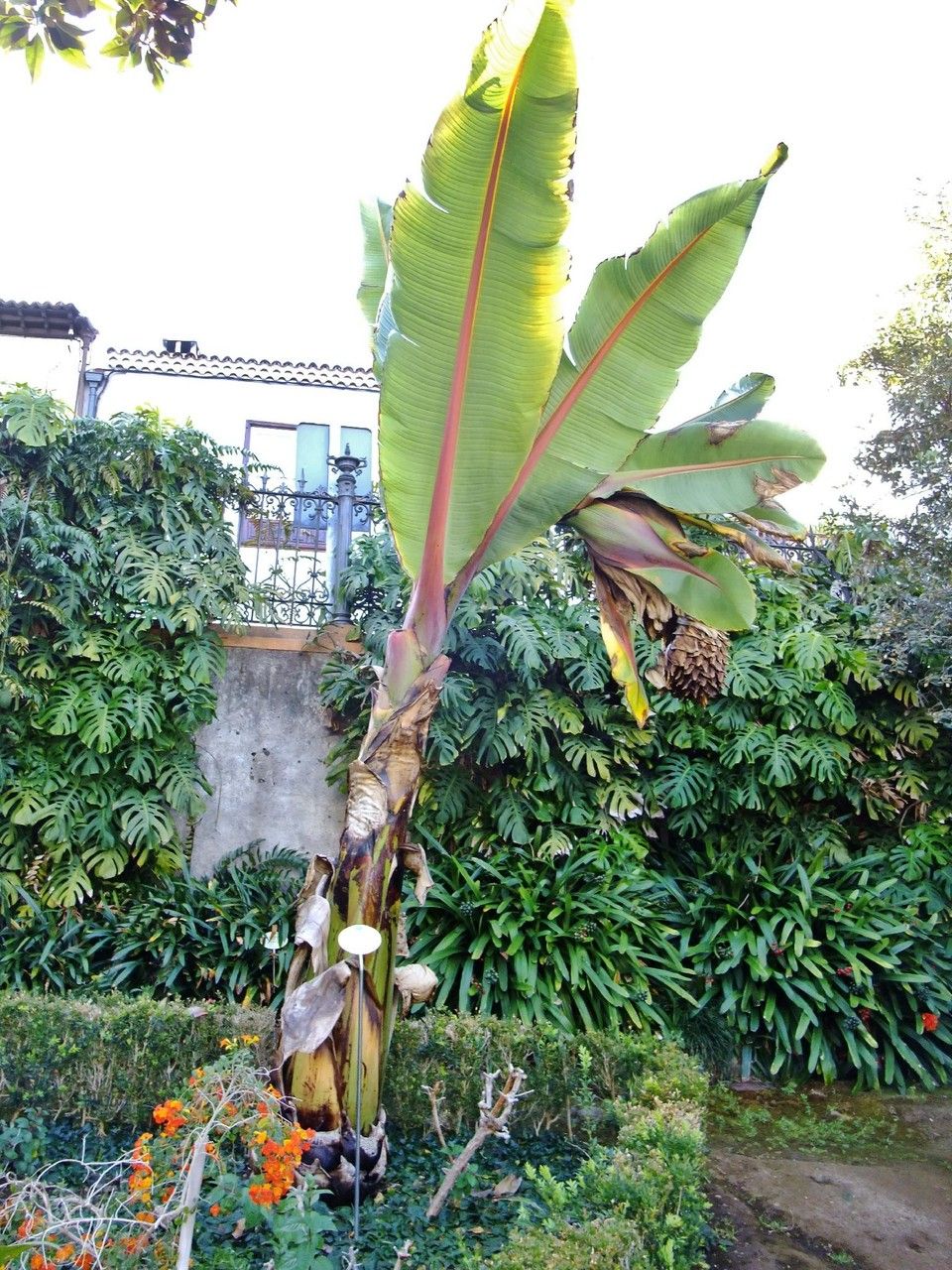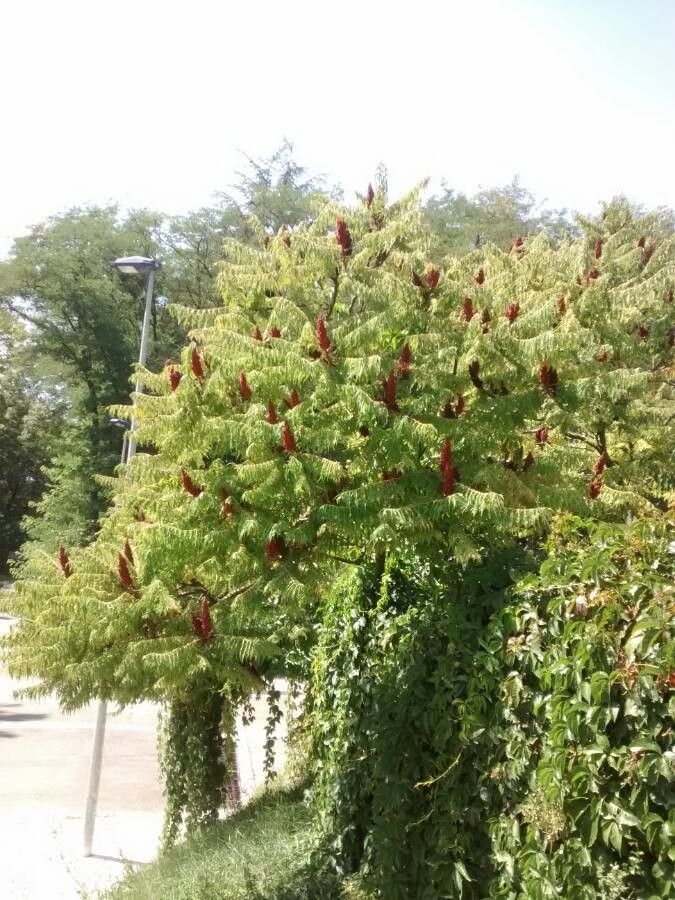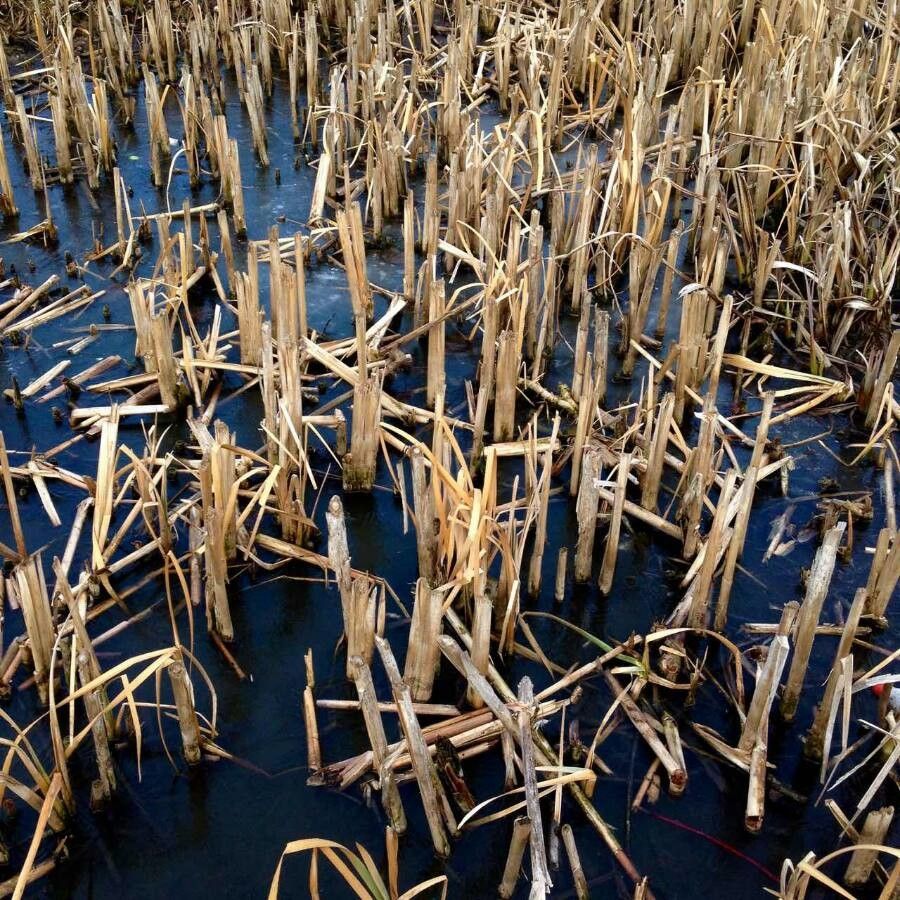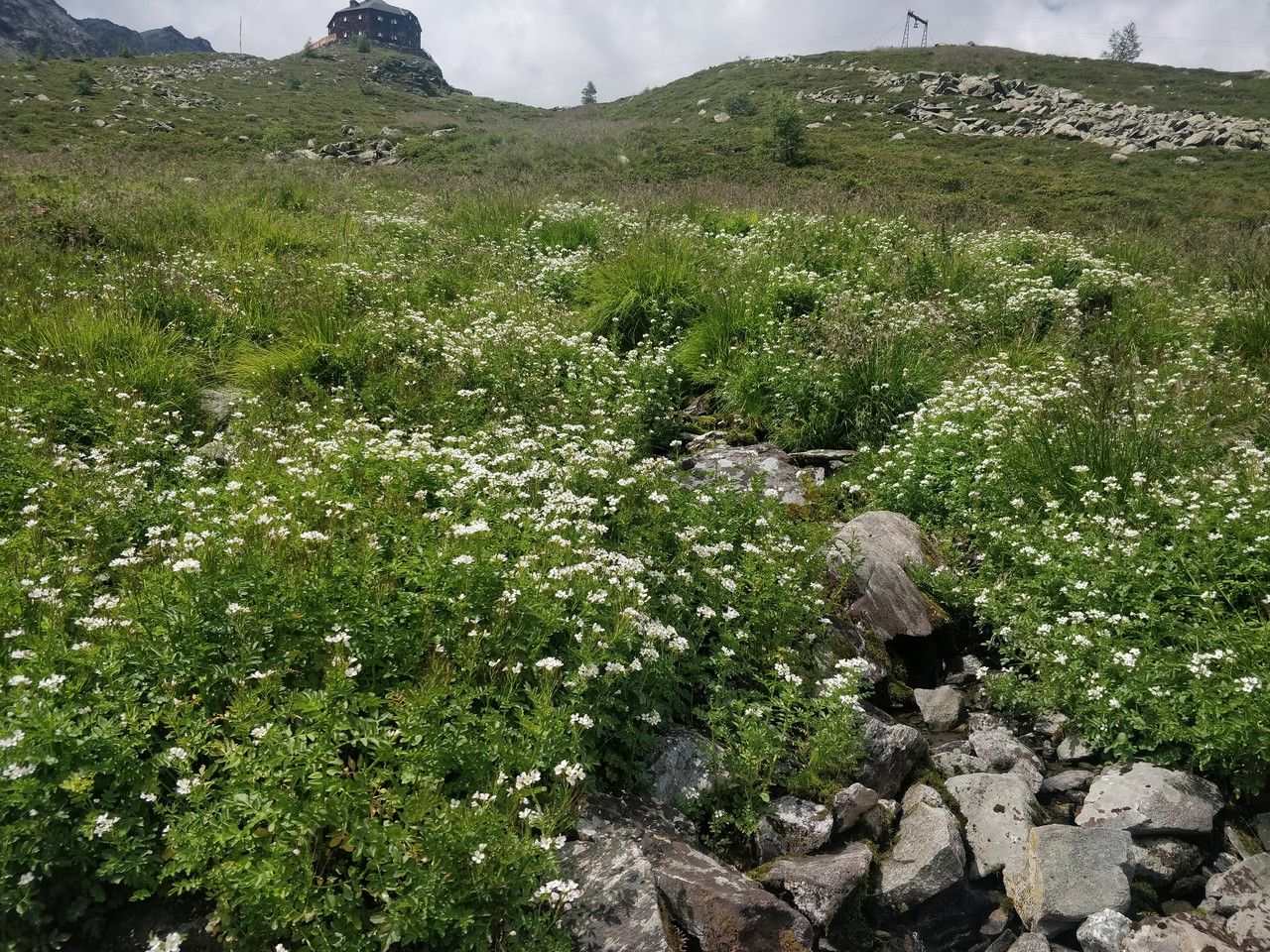## Abyssinian Banana: A Majestic Addition to Your Garden
The Abyssinian banana, scientifically known as *Ensete ventricosum*, is a captivating plant that stands out with its striking architectural form. Unlike its fruit-bearing cousins, this member of the Musaceae family is primarily grown for its ornamental value, showcasing a dramatic presence in gardens worldwide. Its robust, vase-shaped trunk and large, vibrant leaves create a focal point that demands attention.
### Habitat and Growth
Native to the highlands of Ethiopia and Eritrea, the Abyssinian banana thrives in warm, subtropical climates. It prefers well-drained soil and tolerates a wide range of conditions, exhibiting remarkable resilience. While it enjoys abundant sunlight, it can also adapt to partial shade, especially in hotter regions. Its growth habit is characterized by a rapid upward shoot, eventually reaching impressive heights, though the exact size depends on the growing conditions and cultivar.
### Soil Needs and Watering
The Abyssinian banana appreciates moist, well-draining soil that's rich in organic matter. Avoid waterlogged conditions, which can lead to root rot. Regular watering is essential, particularly during the growing season, but allow the soil to dry slightly between waterings to prevent oversaturation. Mulching around the base of the plant helps retain soil moisture and suppresses weeds.
### Sun Exposure
While it tolerates partial shade, the Abyssinian banana truly flourishes in full sun or partial shade conditions. In extremely hot climates, providing some afternoon shade can help prevent leaf scorch. The intensity of sunlight will affect the rate of its growth.
### Propagation
Propagation of the Abyssinian banana is primarily achieved through suckers or offshoots that sprout from the base of the mother plant. These can be carefully separated and replanted, ensuring they have a good root system before transplanting. Seed propagation is possible but less common.
### Pests and Diseases
Generally, the Abyssinian banana is a relatively low-maintenance plant, demonstrating remarkable resistance to common pests and diseases. However, occasional infestations of aphids or mealybugs may occur. These can be managed with insecticidal soap or neem oil.
### Ornamental Uses and Appeal
Beyond its striking visual appeal, the Abyssinian banana offers considerable versatility in landscaping. It can be used as a specimen plant, a focal point in tropical or Mediterranean-style gardens, or as a dramatic backdrop for smaller plants. Its architectural form adds a unique element to any garden design.
### Is the Abyssinian Banana Edible?
Although related to edible bananas, the fruits of the Abyssinian banana are small, hard, and generally considered inedible. Its value lies purely in its aesthetic qualities.
### Conclusion
The Abyssinian banana is a truly remarkable plant, offering a unique blend of beauty, resilience, and low-maintenance care. Its bold presence and adaptability make it a valuable asset to any gardener seeking a dramatic addition to their landscape. With proper care and attention, this striking plant will reward you with years of enjoyment.
Abyssinian Banana: A Complete Guide

Frequently Asked Questions
How do I care for an Abyssinian banana plant?
Abyssinian bananas prefer moist, well-draining soil rich in organic matter. Water regularly, but avoid waterlogging. They thrive in full sun or partial shade, depending on your climate. Regular fertilization during the growing season can promote healthy growth.
Is the Abyssinian banana edible?
No, the fruits of the Abyssinian banana are generally considered inedible. They are small, hard, and not palatable. This plant is valued for its ornamental qualities.


